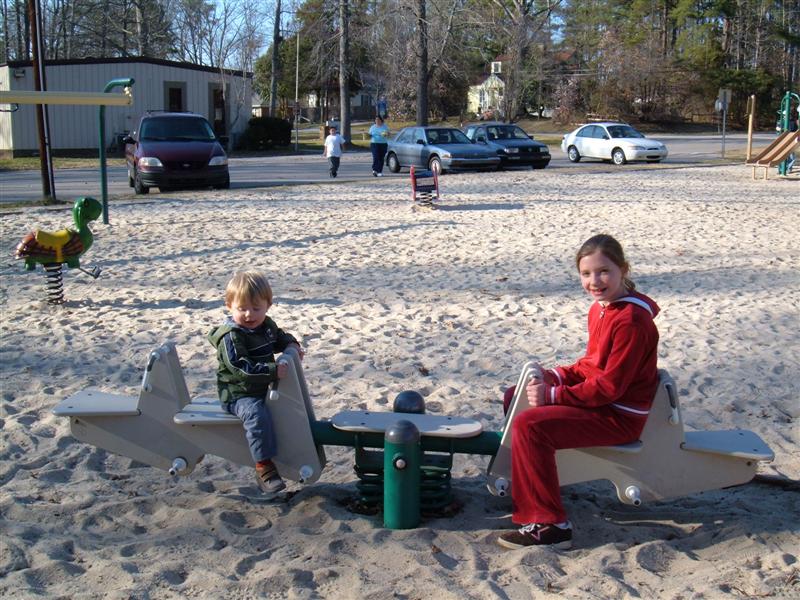There are several difficulties on the path to achieving balance, but I'd like to consider two. We often don't know where to start and we also don't know how it should end, because our vision about what balance would look like is often incorrect. Let's look at the second problem first - what does balance look like?
If you are able, I'd like you to stand on one foot for 10 seconds. What you will notice is that balance is not achieved by a lack of movement. It is not stable, but is dynamic. You are constantly shifting, moving this way and that. This is balance. We often incorrectly believe that balance should be stable and unchanging, but in truth, that isn't balance, that's death. You will only stop moving after death. As long as you are alive, balance is only able to be achieved by swinging between different poles. Your breath goes in and out, and is balanced. Your emotions go up and down, and are balanced. If your emotions are only down, for example, then this may be depression and is an indication of an imbalance of certain brain chemicals.
So we need to stop thinking of balance as stablity, as something achieveable in one moment - it is only observed across time. For example, work-life balance is not something that will look the same every day. Some days you will need to work more, and others you will skip work to do something important for your family. This is balance.
 Recognizing the dynamic nature of balance can help to answer the first question - where should we start? Many times we think we need to give something up or gain something special before we can balance our lives, but that thinking stems from the idea that balance is stability. We are thinking about a physical balance, like a see-saw. We need to move something off of our side to make it balance in the middle, or we need to get something on the other side. Yet, even if we did give something up to make this side lighter, we would never achieve stability where the see-saw didn't move.
Recognizing the dynamic nature of balance can help to answer the first question - where should we start? Many times we think we need to give something up or gain something special before we can balance our lives, but that thinking stems from the idea that balance is stability. We are thinking about a physical balance, like a see-saw. We need to move something off of our side to make it balance in the middle, or we need to get something on the other side. Yet, even if we did give something up to make this side lighter, we would never achieve stability where the see-saw didn't move.
To stay with the playground equipment as a metaphor, consider how you can make a swing go back and forth. You first have to set an intention to shift your weight in one direction, and then the other. Most of us don't actually even know what we're doing...an outside observer might just think we were sitting there not doing much, but setting the intention to move in one direction can help us to align multiple muscles and then we begin moving.
This is one way to start. What might help you to feel balanced? Is it more exercise, more time for reading, eating better, etc? Then set the intention to start moving in that direction. Just going to the gym once won't make you feel balanced. Even doing it daily for a month probably won't. Because here's the secret - you're already in balance. There is probably never going to be a day where you all of a sudden feel like everything is in perfect balance, and even if you do have a day like that, tomorrow will likely feel different because everything is in motion. The balance point is you in the middle, and you're already there. You aren't out at the end of the see-saw - you're the point in the middle feeling the pulls this way and that.
How did the master achieve such balance in the face of an external threat? Here is where mindfulness practice is so useful, and this is a second place to start. On the cushion we practice being less captured by our thoughts and feelings. We are often pushed around by our feelings, believing that we must do something! in response to each of them. Yet with practice, we begin to see that each feeling arises, abides, and passes gracefully. We can sit with a sense of balance even when our emotions assail us. With sufficient practice (such as the master had), we can learn to be balanced even when external events are turbulent and stressful. From this place of balance, we will be much more able to respond in a skillful manner to all of the external situations (and also begin to realize that the "external" and "internal" situations are not separate).
